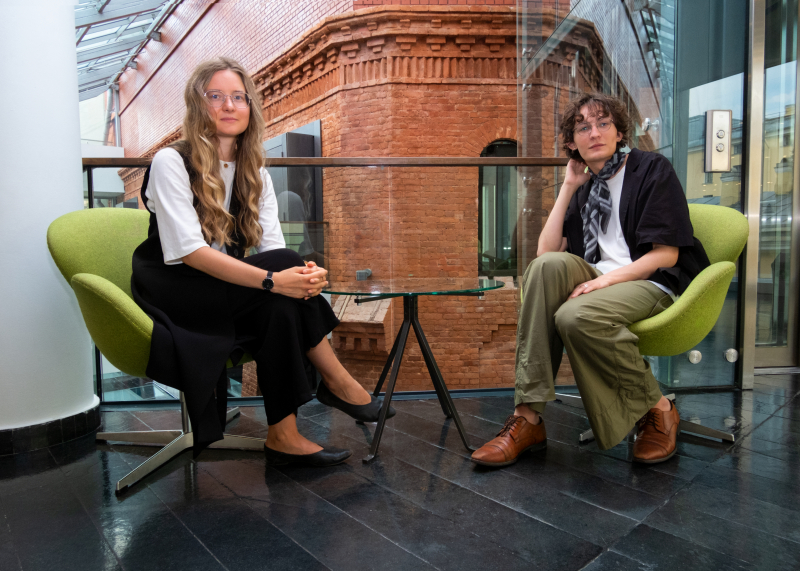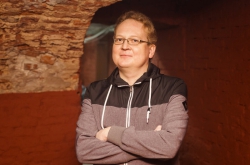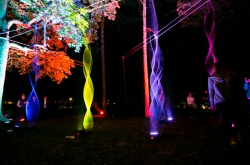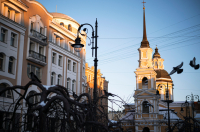The idea came together after specialists from ITMO’s Center of Social Sciences and Humanities ran a successful optional course in contemporary art that caught the attention of as many as 200 participants. Students were so fascinated with Cinema Research: From Charlie Chaplin to Quentin Tarantino that its author Daria Martynova came up with a next-level course for students wishing to study both cinema and video art. As noted by Daria, the new course became an instant success even before it started, with more than 100 applications received from prospective students from ITMO, St. Petersburg State University, St. Petersburg State Institute of Film and Television, and Baltic State Technical University.
“We were trying to figure out how to incorporate practical activities into our classes. We know that simply watching movies and reading reviews can be quite boring, so together with our art students we visit various museums and meet with artists. With this in mind, we realized that it’d be great to start our own series of events that would include reading sessions, meetings with video artists, and joint discussions. Besides attending lectures, our students will also be able to work on their own projects, thus immersing themselves in the artistic environment,” comments Daria Martynova, PhD, a senior lecturer at ITMO’s Faculty of Technological Management and Innovations.
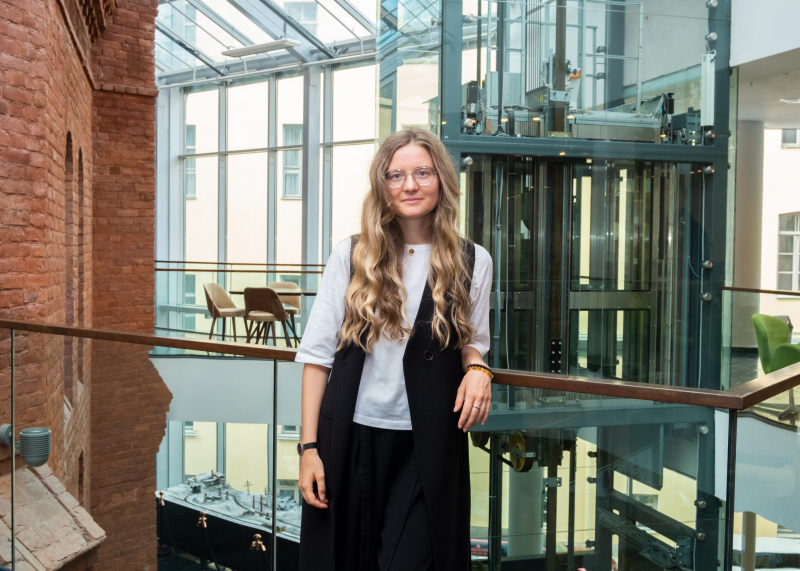
Daria Martynova. Photo by Ekaterina Shevyreva / ITMO.NEWS
Lectures and practical classes
The course will consist of three thematic blocks. Its first section, which starts today, will be devoted to early cinema and video art, as well as their impact on design, art, society, and human thought and perception in general. Over the course of three lectures, the course’s curators Daria Martynova and Arseniy Ageev will guide their students through the history of cinema, moving from still photography to chronophotography and then cinema as we know it today. A special focus will be paid to one of the more obscure art forms – video art. Students will explore the early experiments of surrealists and the key works of pioneers, as well as learn to perceive and analyze art in the context of philosophy and anthroposophy.
“Our project is for everyone rather than only professionals. Some lectures will be held in a seminar format, thus giving us a chance to analyze various visual experiences and engage practicing artists and mere enthusiasts alike. Even though video art is currently on the rise (video artwork took up nearly 80% of the exhibition space at the Ural Industrial Biennial of Contemporary Art), people still can’t get their head around the genre and fully understand its features and role in modern art,” explains Arseniy Ageev, a researcher at KGallery and curator of New Stage Book Cafe.
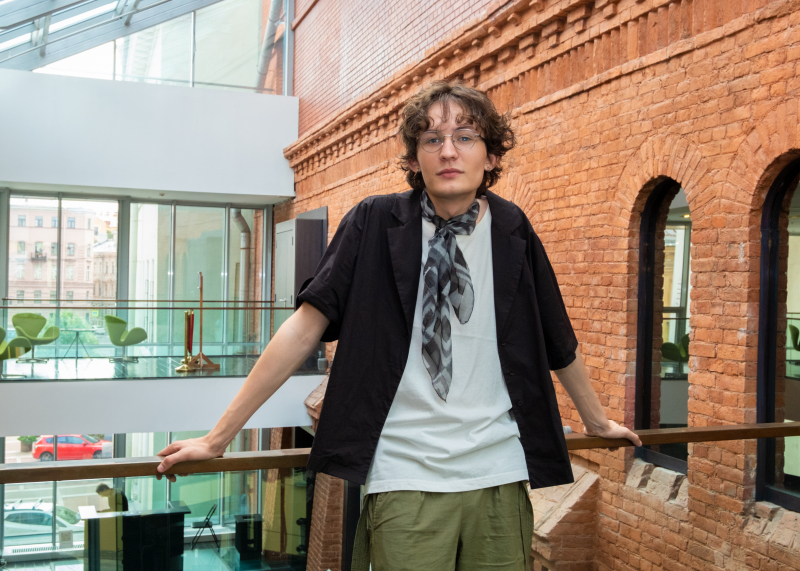
Arseniy Ageev. Photo by Ekaterina Shevyreva / ITMO.NEWS
Two other blocks will be more practice-oriented and feature a VR workshop at Art.ITMO.Residency, a tour of the Museum of Optics, and a practical class by specialists from ITMO’s Center of Usability and Mixed Reality.
In October, participants will have the chance to learn from guest experts such as Violetta Evallyo, a video art researcher, and Anna Suvorova, the author of Russian Outsider Art and Religion.
In addition to lectures, the program will also include reading sessions and additional practical meetings. All the artworks created by course participants will be displayed at a special exhibition at the New Stage of the Alexandrinsky Theatre along with the works of such genre virtuosos as Nam June Paik, Bill Viola, Vito Acconci, and others. Each participant will receive access to their video materials after the course’s completion.
ITMO students who sign up for the course will study for free; others will need to buy tickets for each class.
You can find a more detailed description and purchase a ticket here.
